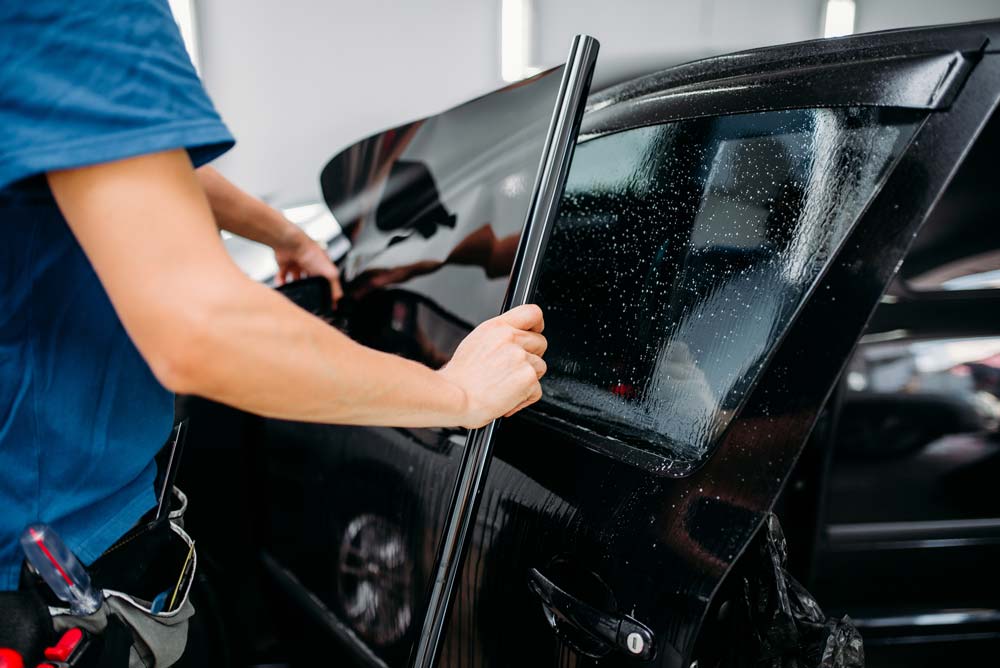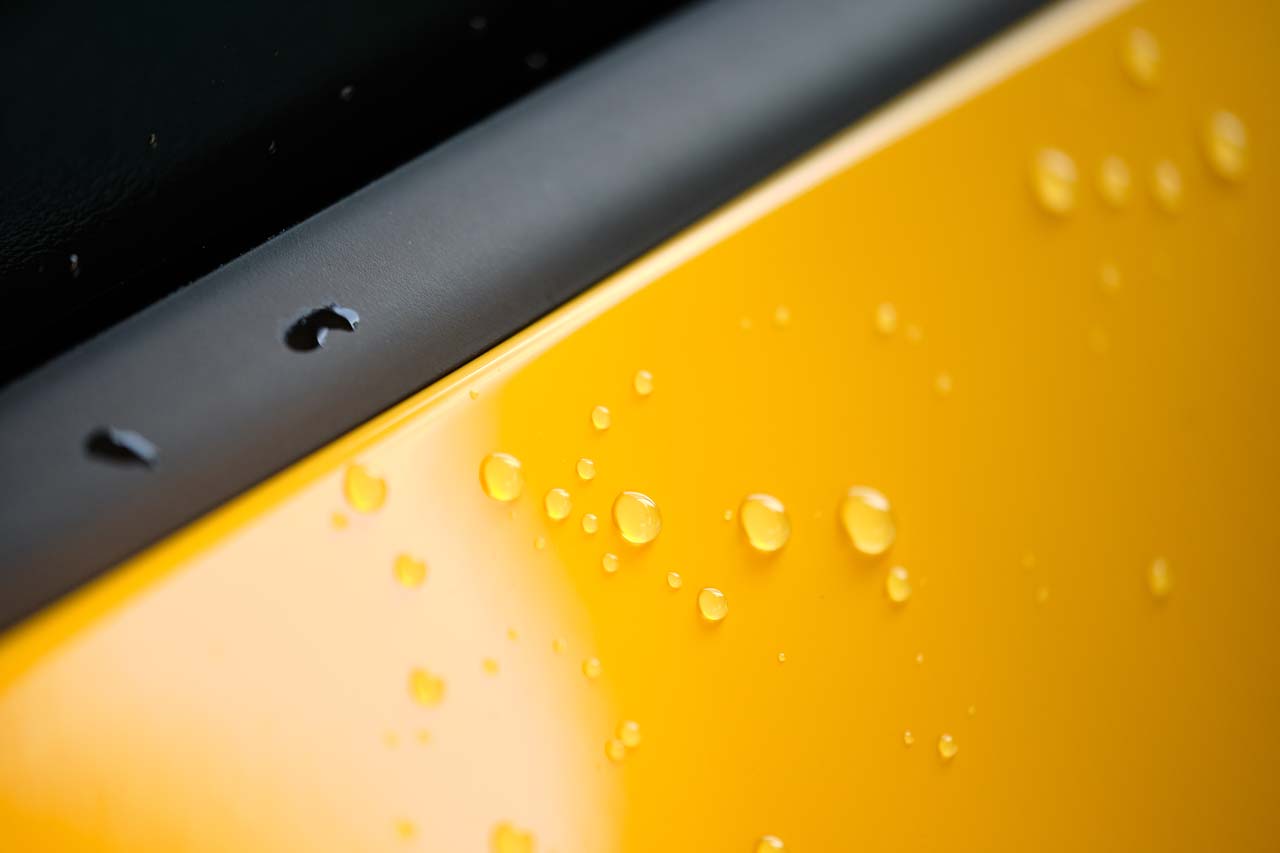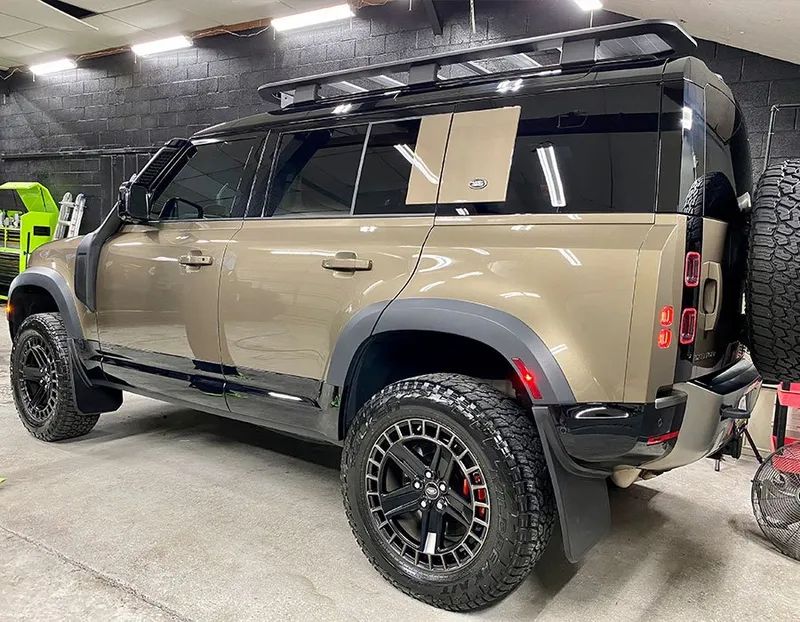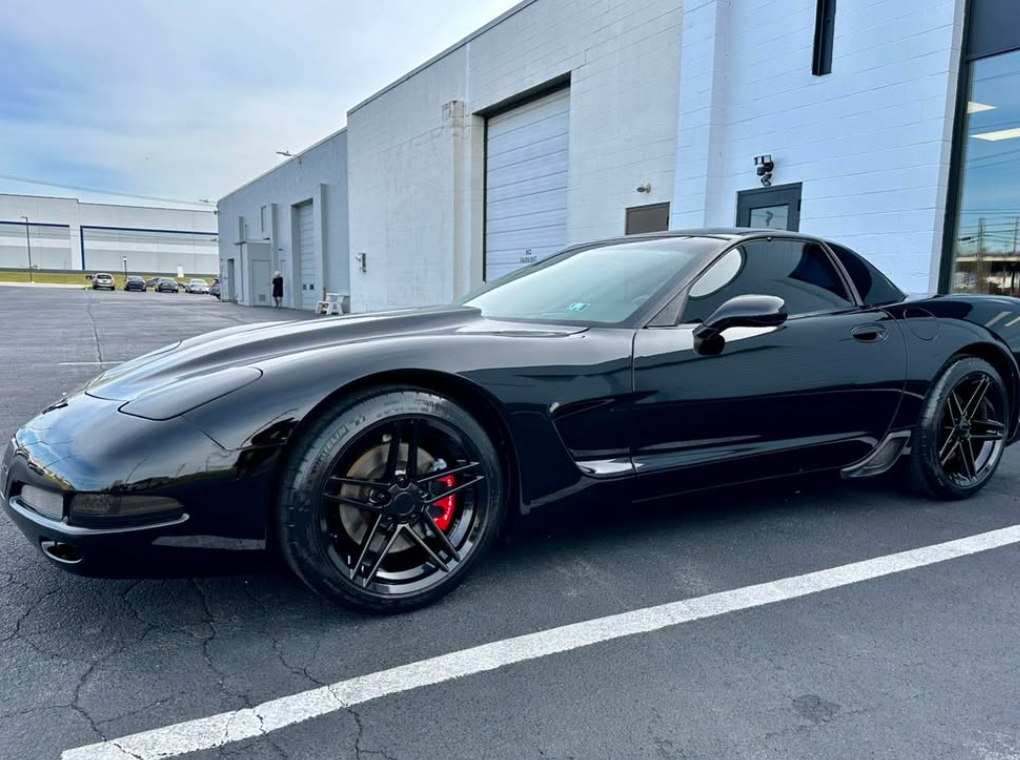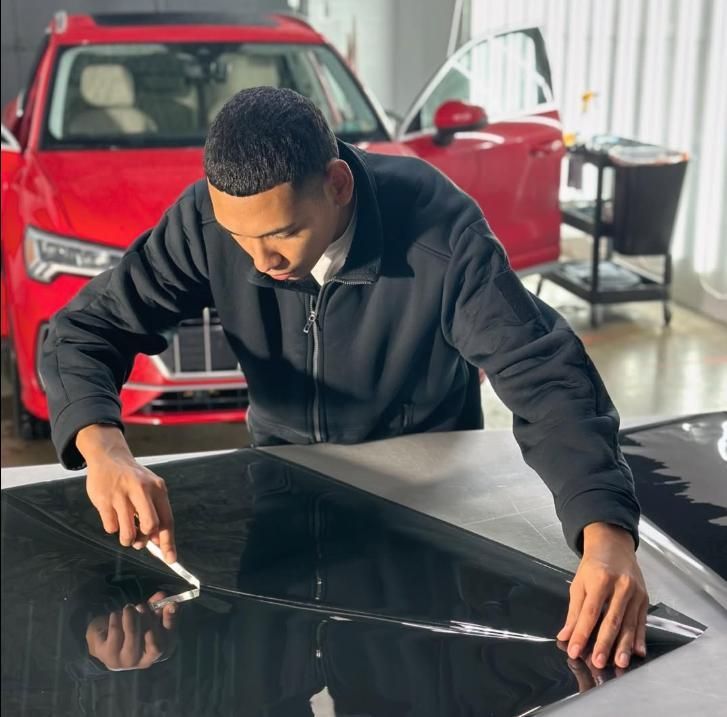Are you ready to give your car that unbeatable shine and protection with a ceramic coating? Preparing your vehicle properly beforehand is key to making sure the coating lasts and looks its best. This guide was thoughtfully created from extensive research and expert insights, aiming to help you avoid common pitfalls. Ensuring your car’s surface is thoroughly cleaned and decontaminated is more than half the battle. Each phase in this process—rinsing, washing, chemical decontamination, and mechanical decontamination—has been crafted to protect your car’s paint and guarantee excellent adhesion to the coating.
Cleaning and Decontamination Steps
The very first step is crucial—you want to set the stage for the ceramic coating's success by ensuring that your vehicle is as clean as possible. A clean surface ensures better adhesion, which directly impacts the effectiveness and longevity of the coating. So let’s break this down step-by-step.
Step I: Initial Rinse
Start with a high-pressure rinse using your hose or a pressure washer. This first rinse does more than just wet your vehicle; it removes loose dirt and debris. As you stand back and watch streams of water cascade over your car's gleaming exterior, visualize how much easier subsequent steps will be now that you've started with a clean slate.
Step II: Washing with pH-neutral soap
After rinsing, it's time for the hands-on approach with a gentle yet effective cleaning solution. Using a pH-neutral car soap is key, as it helps break down contaminants without harming the paint job. Here's where the two-bucket method shines: fill one bucket with soapy water and another with clean water. As you wash your vehicle, dip your sponge or mitt into the soapy water before tackling an area, then rinse it in the clean water before returning to the soap. This keeps dirt from re-entering your wash cycle and avoids marring your surface. Picture yourself taking quality time on each panel—this thoroughness pays off when it comes to achieving that pristine look.
Step III: Chemical Decontamination
Next comes chemical decontamination; it’s not just about washing anymore. This step is especially important in removing embedded contaminants, such as iron particles, from brake dust or industrial fallout. You’ll want to apply a specialized iron remover according to its instructions—typically, this involves spraying it onto the affected areas and letting it dwell for a few minutes. A nifty tip here is to watch for color change as the remover reacts—this signals that it’s working its magic, loosening those stubborn particles.
Step IV: Mechanical Decontamination
Finally, we arrive at mechanical decontamination, which is where a clay bar comes into play. Imagine gliding this soft material across your vehicle’s surface, essentially picking up every last bonded contaminant that still clings on after the chemical treatment. Before diving in, remember to lubricate the surface with a detailing spray—this not only ensures smooth movement of the clay but also prevents any potential marring of your paint as you work on small sections. With each stroke of the clay bar, enjoy that gratifying feeling of transparency returning to your vehicle's end—a sign that you’ve effectively stripped away those lingering imperfections. With your vehicle now immaculately clean and free of contaminants, we can focus on enhancing its surface quality further before applying that protective layer.
Polishing for Surface Perfection
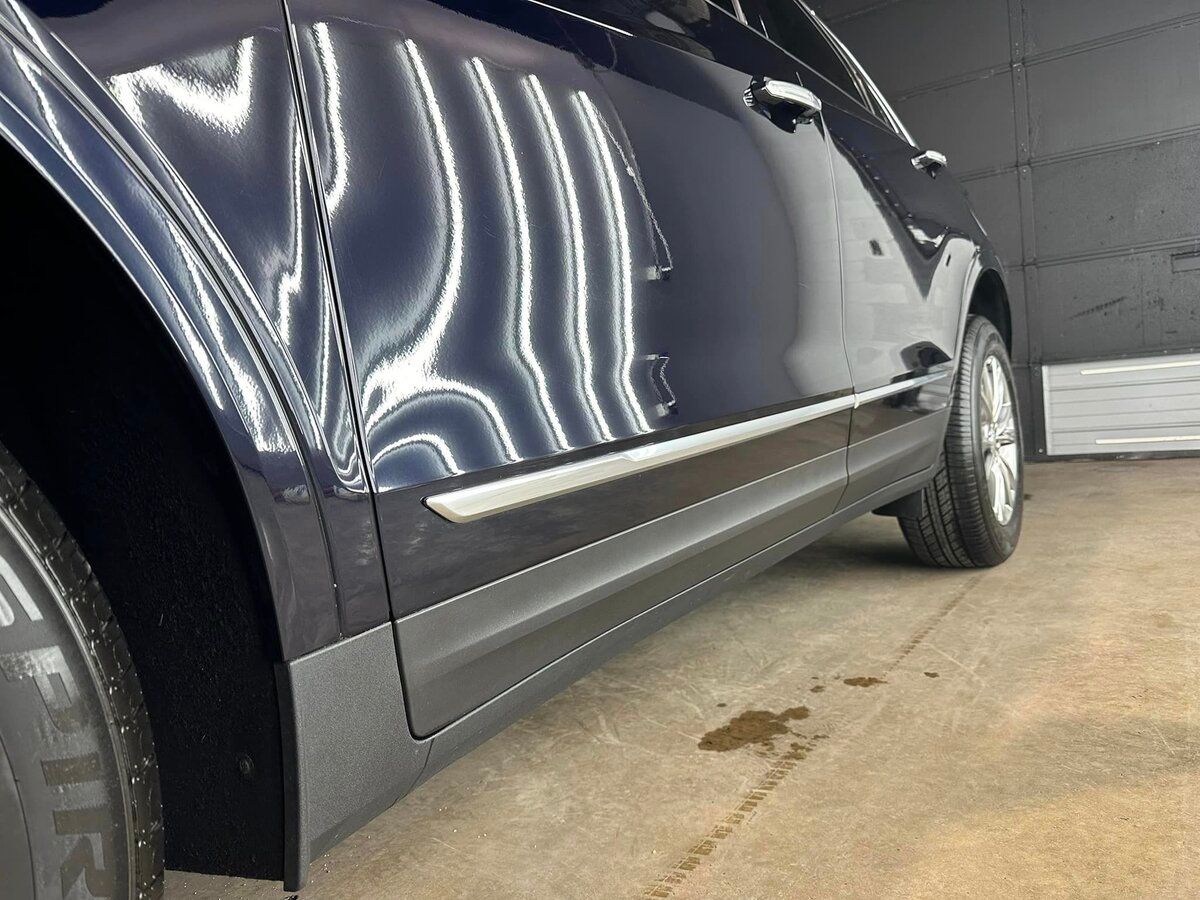
Polishing is a critical step in achieving that pristine, high-gloss finish before applying a ceramic coating. It's not simply about making your car look good; it's about ensuring a smooth and flawless surface that allows the coating to bond effectively.
Step I: Choosing the Right Polish and Pad
The first step involves selecting the appropriate polish and pad combination. Choosing wisely is key—assess the severity of the surface imperfections on your vehicle carefully. A medium-cut polish coupled with a foam pad is typically an excellent starting point for most vehicles. This combination strikes a balance between effectiveness and safety, allowing you to remove light blemishes without risking damage to the clear coat.
For more pronounced imperfections, consider employing a compound polish alongside a more aggressive pad. While it may seem counterintuitive to start aggressively, doing so saves time and ensures significant blemishes are dealt with efficiently. Once you've tackled the heavier spots, switching back to a finer polish and softer pad combo will truly make the finish shine.
Step II: Polishing Process
Once you've selected your tools, it's time for action. Work in small sections to maintain control over the results. Apply a small amount of polish directly onto the pad; this is often enough for one section before reapplying if necessary. Adjust your polisher to a moderate speed—typically between 1200 and 1800 RPM works best—to ensure proper coverage without splattering product everywhere.
As you begin polishing, utilize crosshatch motions: first horizontally and then vertically over each panel. This pattern promotes even distribution of the product without leaving any spots untouched. Patience is vital; allowing the polish time to break down while keeping the polisher moving steadily across the surface.
Step III: Inspecting the Surface
After you’ve completed polishing each small section, it’s essential to inspect your work thoroughly. Using a clean microfiber cloth, wipe away any excess polish residue and take a moment to evaluate the surface under adequate lighting conditions.
Good lighting is crucial because it highlights any remaining imperfections that might not have been visible previously. If you notice areas still needing attention, don't hesitate to return with your chosen polish and repeat steps as necessary until you achieve that mirror-like finish you desire.
With the surface now polished, it's important to transition into protecting those areas that do not require coating, ensuring a professional-grade application later on...
Essential Masking Techniques
Masking is an essential step in preparing your vehicle for ceramic coating installation. It protects sensitive areas like rubber trims and plastic components from unwanted overspray, which could lead to adhesion issues or aesthetic inconsistencies. When done right, masking ensures that only the intended surfaces receive the coating, allowing the finish to shine through while keeping other areas pristine.
Selecting Masking Tape
The type of masking tape you choose can significantly impact the quality of your work. High-quality automotive masking tape is specifically designed for this purpose, minimizing adhesive residue and making removal easier without damaging paintwork. It’s best to opt for wider tapes when covering larger sections like fenders or borders, as they provide better coverage. Conversely, narrower tape is ideal for those tricky spots that require precision, such as detailing around emblems and seams. Once you have the right tape, it’s time to focus on how to apply it effectively to different areas of your vehicle.
Techniques for Different Sections
When applying masking tape, attention to detail is paramount. Start by carefully outlining key areas: the edges of windows, headlights, and emblems should all be methodically taped off. Ensuring these surfaces are protected will not only preserve their original appearance but also streamline your coating process. Another effective method is to use multiple layers of tape for added protection in high-risk areas—especially around headlights and taillights. This extra precaution can save you from tedious clean-up later on. With everything securely masked, you're well-prepared to move forward with the next steps in the application process that ensures flawless results.
Applying Ceramic Coating
The application of ceramic coating is both an art and a science, requiring meticulous attention to detail. Before you start, ensure you have all your materials ready and laid out. This includes the ceramic coating product, foam application pads, microfiber cloth, and gloves. Starting this process with everything at hand helps maintain focus and enhance efficiency.
Preparation of Coating
Before application, it’s essential to prepare the ceramic coating properly. First, thoroughly mix the coating product according to the manufacturer’s instructions; this often means shaking or stirring for a specified duration. Why does this matter? If not mixed correctly, the application can lead to uneven results or performance issues down the road. Following this, ensure you're working in a well-ventilated area. While many coatings are safe when applied correctly, having good airflow minimizes any lingering odors and ensures that fumes dissipate quickly. Once you've prepared your coating and set your workspace, it's time to get hands-on with the application process.
Application Process
When you're ready, take a few drops of the ceramic coating and dispense them with your foam applicator pad. Here’s a tip that I find helpful: don’t overload the pad; a little goes a long way. It’s best to work on small sections of the vehicle—about 2 by 2 feet at a time—so you can give your full attention to each area without feeling rushed. As you apply the coating, use crosshatch patterns—this means applying the coating in one direction and then overlapping it perpendicularly for even coverage. This technique not only helps achieve better distribution but also reduces streaking or pooling, which can become problematic if unnoticed. After you’ve coated each section thoroughly, it’s essential to allow it to cure appropriately.
Leveling the Coating
Allowing the coating to flash or cure is critical; follow the manufacturer's specifications about timing closely. If you've done everything right until now, you should see a slight rainbow hue over areas where you applied the product—this indicates its ready for leveling.
Once the flashing is complete, take a microfiber cloth and gently level out any high spots. You need these cloths handy for this step—always have ample microfiber cloths on hand for this! The fibers should be clean and dry because using anything with residue might leave marks or affect how well the ceramic adheres.
Gently glide over the surface using straight motions rather than aggressive wiping, ensuring that you're preserving that smooth finish that ceramic coatings are known for.
By mastering this application process, you're enhancing your vehicle's protection and brilliance while also paving the way for effective care that follows to maximize longevity and performance.
Post-Application Detailing
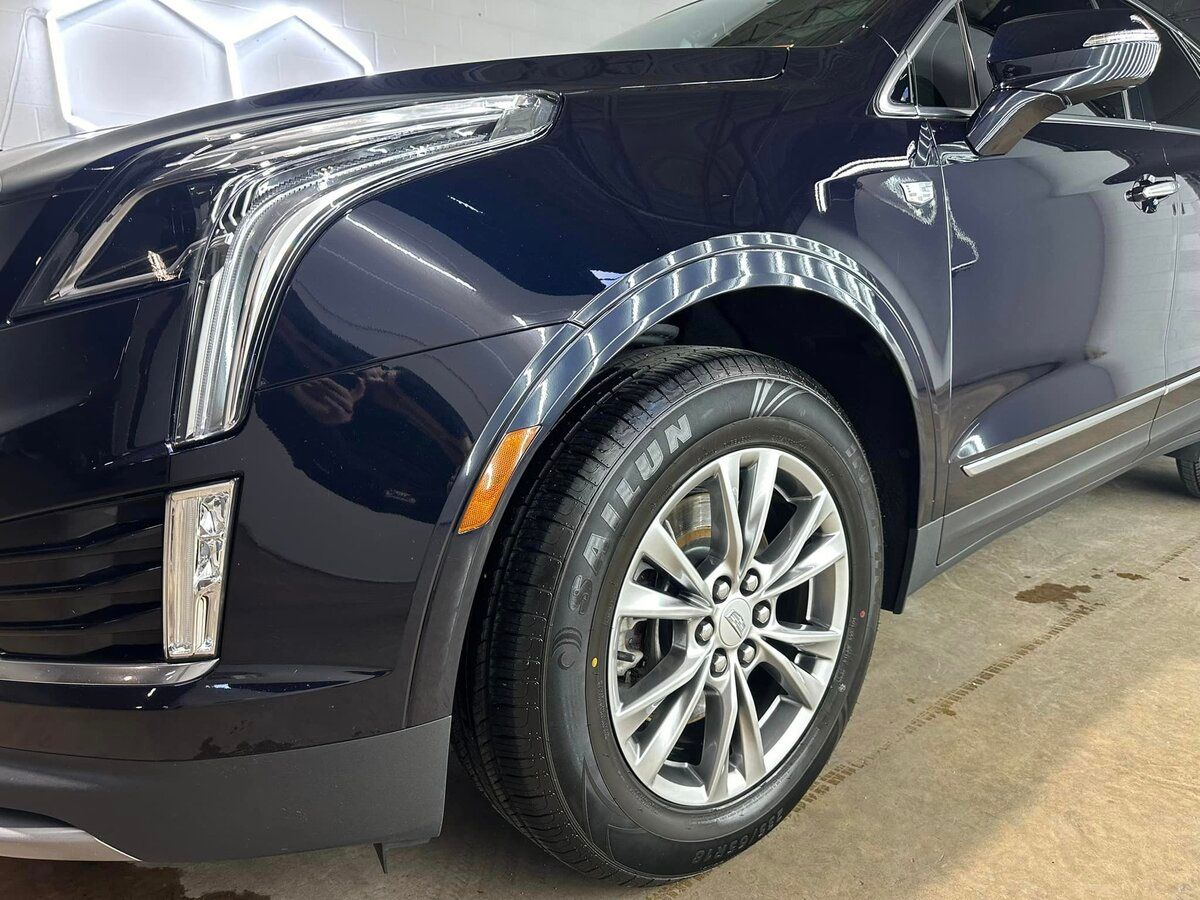
After the application of ceramic coating, proper post-application care is essential to ensure the coating adheres correctly and provides optimal protection. The first step involves allowing the coating to cure undisturbed for a specified time frame. For most ceramic coatings, this curing process typically requires 24 to 48 hours without water exposure. This waiting period allows the coating's molecular structure to stabilize thoroughly, leading to enhanced durability and resistance against environmental factors.
Curing Process
During this curing time, it's vital to keep the vehicle away from any moisture. Even light dew or rain can compromise the bonding process of the ceramic coating. Ceramic coating needs to settle properly to provide its full protective benefits. Ensuring an ideal curing environment means parking your vehicle in a dry area, ideally within a garage. If you don't have access to indoor storage, selecting a shaded spot out of direct sunlight will help. Once the initial curing phase is complete, ongoing maintenance becomes essential for preserving that fresh shine and protection.
Routine Maintenance
To keep your newly coated vehicle looking pristine, avoid using automatic car washes that often use abrasive brushes and harsh chemicals, which can scar the surface of the fresh coating. Instead, adopt a gentle hand-washing routine with pH-neutral soap. This simple switch not only protects your ceramic coating but also extends its life by ensuring no harmful residues accumulate on its surface.
Additionally, consider scheduling regular inspections every few months. These inspections can help identify any areas needing touch-ups or additional protection before they develop into larger issues. Maintaining awareness of your vehicle's condition can go a long way in keeping it in a tip-top shape while maximizing the benefits provided by the ceramic coating. By committing to post-application care and routine maintenance, you'll be setting the stage for exploring how these protective measures significantly enhance your vehicle's appearance and longevity in various conditions.
Benefits of Coating in York
In York, where unique weather conditions can take a toll on your vehicle, investing in ceramic coating can make all the difference. The hydrophobic properties of ceramic coatings help create a barrier against the elements. For instance, when rain strikes, instead of clinging to your paint, the water beads up and rolls off, carrying dirt and grime along with it. This keeps your car cleaner longer and reduces the frequency of washes needed—something many busy car owners appreciate.
Weather Resistance
Imagine driving your vehicle on a rainy afternoon where, with each droplet, you can practically see the road grime being repelled from your pristine paint job. That's the power of ceramic coatings, which form an effective shield against moisture and other contaminants such as salt from winter road treatments.
UV Protection
One of the hidden heroes of ceramic coatings is their excellent UV protection. Constant shifts between sunny and cloudy days—not to mention York's harsh winters—can lead to significant paint oxidation over time. When oxidation sets in, you may notice that typical glossy sheen the fades into a dull appearance. However, by applying a ceramic coating, you receive an additional layer that blocks harmful ultraviolet rays and preserves the rich colors of your vehicle’s exterior, extending its lifetime and enhancing resale value.
As you can see, choosing a ceramic coating isn’t just a trend; it’s a pragmatic choice for vehicle longevity under challenging local conditions. By offering both weather resistance and UV protection, ceramic coatings address specific concerns faced by York residents while keeping vehicles looking sharp and well-maintained.
In summary, investing in ceramic coating not only enhances the appearance of your vehicle but also offers lasting protection against environmental elements prevalent in York. Experience peace of mind knowing your investment is well protected.
Elevate Your Vehicle’s Protection with Prestige Auto Spa & Coatings: The Trusted Expert in Ceramic Coating Services
At Prestige Auto Spa & Coatings, we understand the importance of protecting your car’s exterior, and that’s why we offer the finest ceramic coating solutions tailored to meet your specific needs. Our team of highly skilled professionals has perfected the ceramic coating process, ensuring flawless application every time. We use only
premium-quality ceramic coating products that are trusted by industry leaders for their longevity and effectiveness. If you're ready to give your vehicle the protection it deserves, look no further than Prestige Auto Spa & Coatings. With our ceramic coating services, you can drive with confidence knowing that your vehicle is shielded from the elements and looking its best. Book now!


